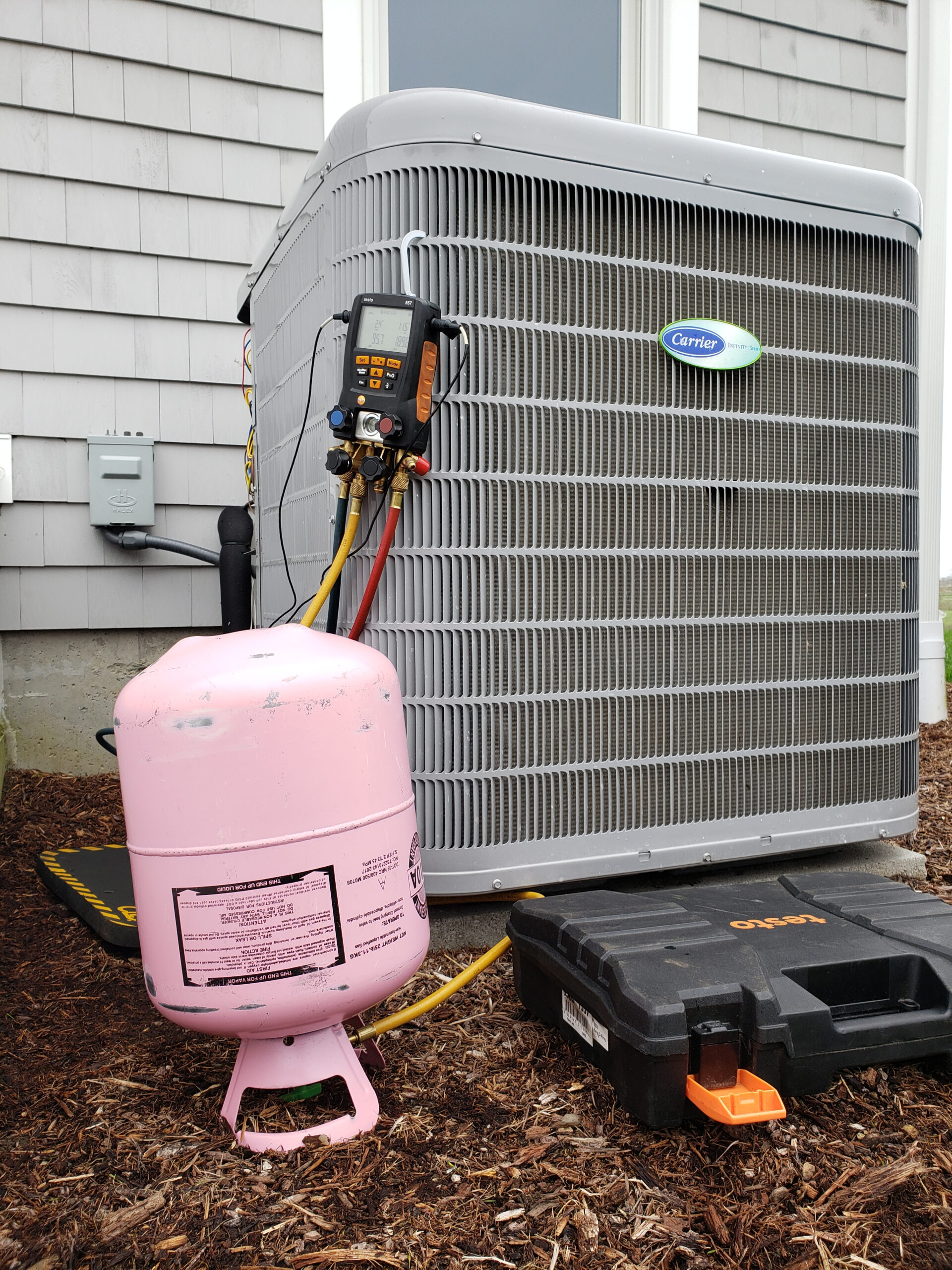As we ring in the new year 2025, a significant change is coming for several heating, ventilation, air conditioning and refrigeration (HVACR) systems that are currently used in both residential and commercial applications. The 2020 American Innovation & Manufacturing (AIM) Act is bipartisan legislation that was signed into law. The AIM legislation empowers the Environmental Protection Agency (EPA) to reduce the production and consumption of hydroflourocarbons HFCs by 85 percent by the year 2035.
The final EPA rule was signed on October 5, 2023. It restricts the use of higher Global Warming Potential (GWP) HFCs in new refrigeration and air conditioning products. This rule restricts the manufacture, importation, exportation, selling, distribution and installation of HVAC systems or products that use higher GWP HFCs. The rule does not affect your air conditioning systems installed before 2025 and allows for continued servicing of these legacy systems.
What is an HVAC system or an HVAC product? The EPA defines a “Product” as a functional unit when it leaves the factory. Examples given by the EPA for HVAC products include window air conditioning units, refrigerators, and stand-alone ice machines. The EPA further defines a “System” as a one that is comprised of field assembled and charged components. Examples given include mini-split air conditioners and supermarket refrigeration systems that include a centralized compressor room. Guidance is clear that the manufacture, importation, sale distribution, or installation of components that are used to repair systems existing before 2025 is not prohibited.
So, what does all this mean? R410A, currently the most common type of refrigerant used in air conditioners and heat pumps, will no longer be allowed in new equipment or systems. Several refrigerants have been developed that have a lower GWP potential, including R32 and R454B. These two refrigerants are being implemented into the new equipment and systems that will be sold and installed in the United States in 2025. An interesting fact is that R410A is a 50% blend of R-32 and 50% R-125, but has a GWP of 2088, while R-32 has a GWP of 677. R-454B is a blend of 68.9% R-32 and 31.3% R-1234yf but has a GWP of 467. Based on GWP potential, these two refrigerants offer benefits to the environment.
One item to be aware of with both R-32 and R-454B refrigerants is the “A2L” rating per Standard 34 of the American Society of Heating, Refrigerating and Air Conditioning Engineers (ASHRAE). R410A is “A1” rated. An “A” rated refrigerant is noted as lower toxicity than a “B” rated refrigerant per Standard 34. Flammability ratings go from lowest at 1 to highest at 3, with 1 indicating no flame propagation and lower flammability. A third character “L” indicating that the refrigerant burns very slowly is added as well. Therefore, an A2L refrigerant is considered less flammable than an A2 refrigerant, but more flammable than an A1 refrigerant.
What will the effect on the market be? Time will tell, but supply and demand predicts that R410A will become more expensive as production decreases. My personal experience has shown that some HVAC products will have extended lead times as manufacturers ramp down production of R410A equipment and ramp up production of R32 and R454B equipment. This will likely ease with time as manufacturers get up to full production capacity.
A new year always brings the promise of a new start but also new challenges. The HVAC market will be no different.
Chad Jones, PE, CFEI, CVFI, CMSE has a Bachelor of Science in Mechanical Engineering from Clemson University. Chad has over 25 years of engineering experience including mechanical, process, and manufacturing engineering. This work has included equipment design, machine safeguarding, cost estimating and safety compliance. Chad also has over 10 years of commercial, industrial, and residential HVAC and plumbing design experience. A lifelong auto and motorcycle enthusiast, Chad is accomplished in the maintenance, repair, and modification of vehicles and engines. Chad is a Certified Fire and Explosion Investigator, Certified Vehicle Fire Investigator, and IFSAC certified Firefighter II in Greenwood County, South Carolina.





